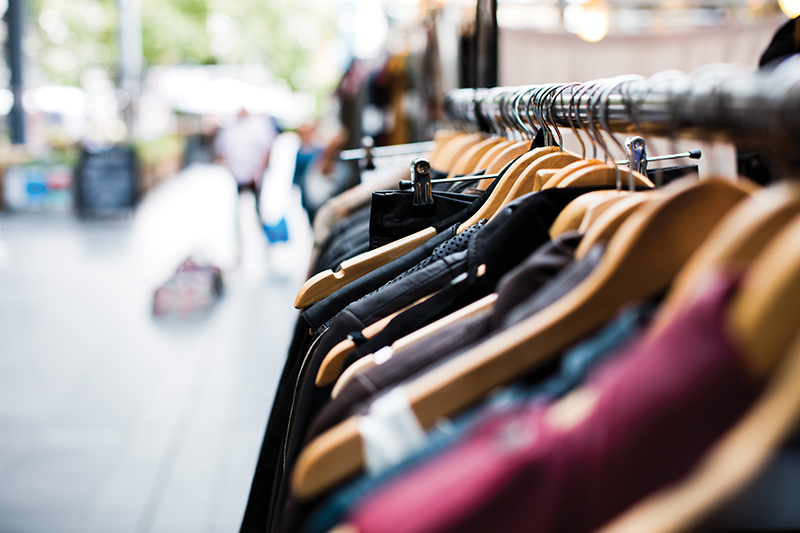Sustainability is a word that is used a lot these days, especially on the products we buy. Today, there is a sustainable/eco-friendly alternative to almost everything – produce, cleaning products, furniture, cars and even homes. However, in recent months, sustainable fashion has become the hot topic of conversation among fashionistas and environmental activists. But what exactly is sustainable fashion?
Surprisingly, there is no set definition for sustainable fashion. Instead, the term can refer to any number of environmental and socio-economic aspects. To help us get a clearer understanding of these aspects, we’ll start by briefly talking about four of the primary forms of sustainable fashion.

Materials & Manufacturing
It is estimated that the textile industry is responsible for as much as 20 percent of pollution in rivers and on land. Green fashion pieces must be made with both sustainable materials (recycled, cotton, hemp, bamboo, wool, etc.) and through methods that centre around the efficient and careful use of natural resources (water, energy, land, soil, animals, plants, biodiversity, ecosystems).
Made Locally
While both materials and manufacturing techniques play a huge role in determining the carbon footprint of a fashion piece, one aspect that is often overlooked is the shipping of the items.
Ethical
The term sustainable does not exclusively apply to environmental factors. Sustainable fashion also refers to the fair treatment of the workers who made the item/s.
Second Hand & Vintage
Charity shops, online stores and selling apps have a wide selection of second-hand fashion pieces, many of which have never been worn. You can find a combination of classic vintage pieces and current trend pieces and give them a new lease of life. Buying second hand is recycling at its best – you can’t get much more sustainable than that.
Renting, upcycling, as well as sewing your own designs can also be classified as sustainable. For the purposes of this article, we have limited our list to purchasable fashion.
Whilst sustainable fashion is gaining traction within the industry, its growth is undoubtedly being stunted by fast fashion. Sustainable materials and manufacturing processes are more costly than low-quality synthetic materials and sweatshop labour. This makes it difficult for sustainable fashion to compete with the fast fashion stores that you find on the high-street, where you can buy all the season’s latest trends with little more than the change in your pocket.
However, consumers are more educated about this subject than ever before and are becoming increasingly passionate about the environmental and socio-economic effects associated with their purchases. In fact, two in five UK women aged 16 – 24
want to see more eco-friendly fabrics being used to make clothes.
We have already seen brands adapting their ethos in response to this rising demand. Most notably, back in 2013, fashion retailer H&M publicly launched a strategy to support the development of fair living wages. The company has since gone on to launch a recycling program in its stores, allowing customers to donate unwanted items for recycling projects. This evidence suggests that sustainable fashion will gradually become mainstream, with both independent designers and retailers offering a wider range of sustainable items that have been sourced ethically.

Written by Samantha Allaker